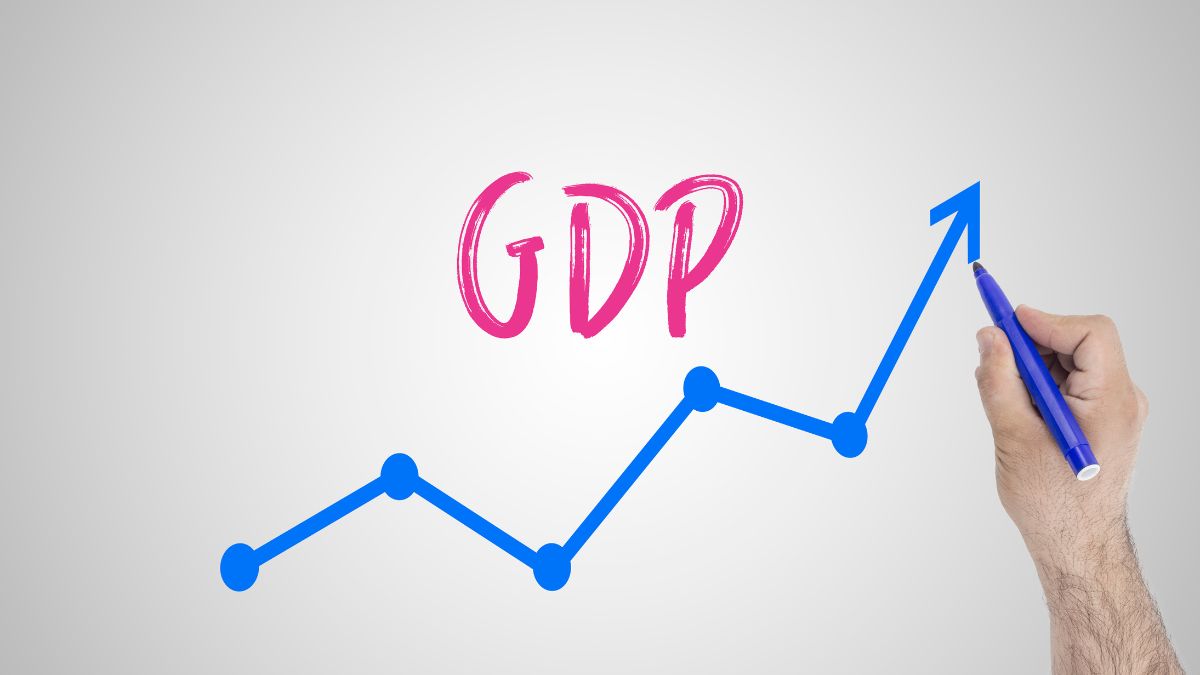Governments can equally invest in critical areas like healthcare, education, and cutting-edge infrastructure, such as advanced telecommunication networks, reliable electricity grids, and efficient transportation systems. Despite significant obstacles, several African countries are experiencing remarkable growth in GDP per capita, a key indicator of national prosperity. The International Monetary Fund (IMF) reveals a compelling picture of African nations leading the continent in terms of GDP per capita. Its most recent Regional Economic Outlook for Africa highlights a cautiously optimistic outlook for the continent’s overall GDP in 2024. Despite a slowdown in 2023, growth is expected to rebound to around 4% in 2024, driven by factors like a modest easing of global financial conditions and normalization of demand across the continent. The impressive progress of these African nations showcases the continent’s immense potential. Here are the 10 African countries with the highest GDP per capita in 2024.
1. Seychelles (44.06 thousand USD)
This island nation thrives on tourism, boasting a well-developed hospitality sector and stunning natural beauty. According to the IMF, tourism directly contributed 20% to Seychelles’ GDP in 2023. The crystal-clear waters, pristine beaches, and diverse marine life attract over 350,000 tourists annually. Over 30% of the total workforce is employed directly or indirectly by the tourism industry, highlighting its crucial role in generating income and supporting livelihoods. The government actively invests in sustainable tourism practices to preserve the natural environment, a key factor in attracting high-end tourism.
2. Mauritius (31.16 thousand USD)
Mauritius has successfully transitioned from an agriculture-based economy to a diversified one. In 2023, the financial and business services sector, a testament to this transformation, contributed 13.2% to GDP. This sector thrives on Mauritius’s political stability, favorable business environment, and skilled workforce. The nation has become a hub for international financial services, attracting foreign investment in areas like banking, insurance, and asset management. Tourism also remains a significant contributor, generating 8% of GDP in 2023.
3. Libya (26.53 thousand USD)
Libya’s oil wealth plays a significant role in its GDP per capita. Proven oil reserves of over 48 billion barrels make Libya the ninth-largest oil-rich nation globally. However, political instability remains a challenge for sustained economic growth.
4. Botswana (20.31 thousand USD)
Botswana’s prudent management of its diamond resources has fueled economic development and social programs. Diamond mining contributes roughly 80% of Botswana’s export earnings. The government allocates significant diamond revenue to education and healthcare, leading to a high literacy rate and improved life expectancy.
5. Gabon (19.87 thousand USD)
Similar to Libya, Gabon’s oil reserves significantly contribute to its GDP per capita. Proven oil reserves are estimated at over 2 billion barrels, and the share of oil in Gabon’s GDP stands at 51 percent. However, the nation is actively pursuing economic diversification initiatives, focusing on developing its manganese and iron ore resources as well as its timber industry.
Related Articles:
6. Egypt (17.79 thousand USD)
Despite a large population of over 104 million, Egypt’s GDP per capita reflects its diverse economic base. Tourism generated over $17 billion in revenue in 2023 and contributes 7.7% to its GDP, while the Suez Canal remains a vital source of income. Agriculture also plays a significant role, with Egypt being the world’s largest cotton producer.
7. Equatorial Guinea (17.74 thousand USD)
Equatorial Guinea’s oil wealth inflates its GDP per capita. Proven oil reserves are estimated at over 1.1 billion barrels. However, the challenge lies in translating this wealth into widespread economic development and poverty reduction. The government is focusing on investments in infrastructure and social programs to achieve a more equitable distribution of oil revenue.
8. South Africa (16.63 thousand USD)
South Africa’s second-largest economy benefits from a diversified base that includes mining, manufacturing, and financial services. A well-developed financial sector positions South Africa as a financial hub for the continent, attracting foreign investment. In 2023, the mining sector contributed over 7% to GDP, with minerals like platinum, gold, and diamonds being major exports. Manufacturing forms another key pillar, accounting for roughly 15% of GDP, with a focus on automobiles, chemicals, and machinery. A well-developed financial sector positions South Africa as a financial hub for the continent, attracting foreign investment. At the end of 2023, the Johannesburg Stock Exchange had a market capitalization exceeding $1 trillion.
9. Algeria (14.23 thousand USD)
Algeria’s hydrocarbon resources contribute significantly to its GDP per capita. Proven oil reserves are estimated at over 12 billion barrels, while natural gas reserves rank among the world’s largest. Hydrocarbon exports account for over 60% of government revenue. However, the nation is aware of the need to diversify its economy and is investing in developing its manufacturing sector, particularly focusing on automobiles, steel, and food processing. Moreover, Algeria boasts a sizable agricultural sector, employing roughly 15% of the workforce and contributing over 10% to GDP.
10. Tunisia (13.69 thousand USD)
Tunisia stands out for its relatively developed manufacturing sector, contributing around 25% to GDP in 2023. The textile and clothing industry is a major player, employing over 1 million people. Tunisia has also positioned itself as a hub for the automotive parts industry, attracting foreign investment from major car manufacturers. Tourism remains another significant contributor to the economy, generating over $8 billion in revenue in 2023, recording a clear rebound in 2023 with 8.8 million visitors, up 49.3% in one year. The country also benefits from a skilled workforce, with a literacy rate exceeding 78%.












This Post Has 0 Comments